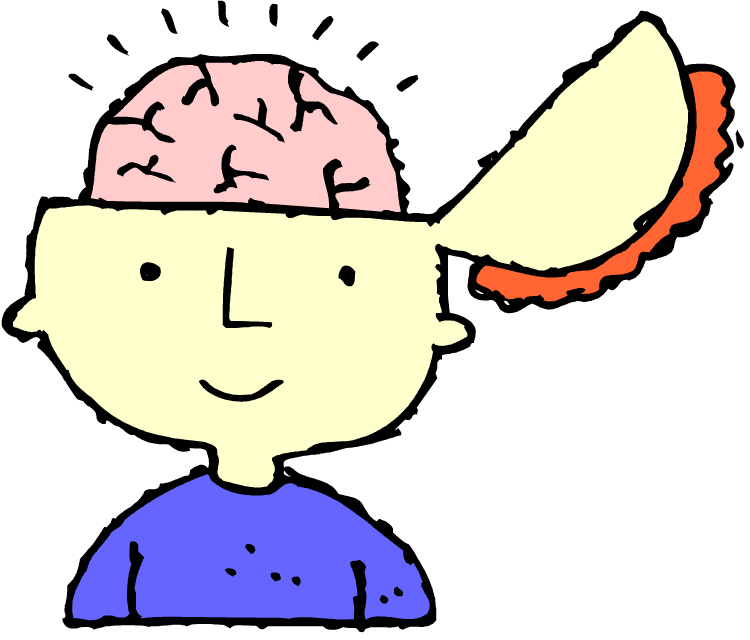Chapter 3 Teaching the Critical Vocabulary of the Common Core by Marilee Sprenger
I like how Webb's Depth of Knowledge deepens our understanding of how we think and learn. The DOK levels takes our thinking up a few notches. Webb's challenges teachers to deepen their understanding of and questioning skill ability and to provide students with the practice they will need to master a vocabulary word, a skill, or objective. Understanding how people learn and think is how teachers continue to improve upon their profession.

Webb's
What do these levels of thinking look like in your classroom? How does this apply to learning vocabulary in your classroom?
Other Notes:
- Many of the critical vocabulary words are interconnected. You need to understand one critical word in order to define another.
- Verbs are the DOs.
- Use these VERBS daily in questioning, quizzes and other assessments.
- The brain seeks to hear and see it multiple ways. Priming the process helps encode the learning into LONG TERM MEMORY.
How can we make LEARNING BRAIN COMPATIBLE?
- MAP VOCABULARY>> GRAPHIC ORGANIZERS
- MIND MAPPING
- PAPER FOLDABLES
- VOCABULARY NOTEBOOKS
- MY VOCABULARY CARDS
- JINGLES
- VOCABULARY CARTOONS
- ANALOGIES
- INTERNET SITES
- The magic is getting the vocabulary into long term memory
- Student created is more empowering
Vocabulary: Word Walls
Taught at specific times daily
Learning centers
GRR (Gradual Release Response)
We will plan to meet one more time to wrap up the study on this book. Teaching the Critical Vocabulary of the Common Core will be referred to throughout the school year. At in service this August we will set common goals for us as a school to focus on in 2015-2016 school year.
Last book study group will meet in Carrie's room July 15th at 10:00 a.m.



